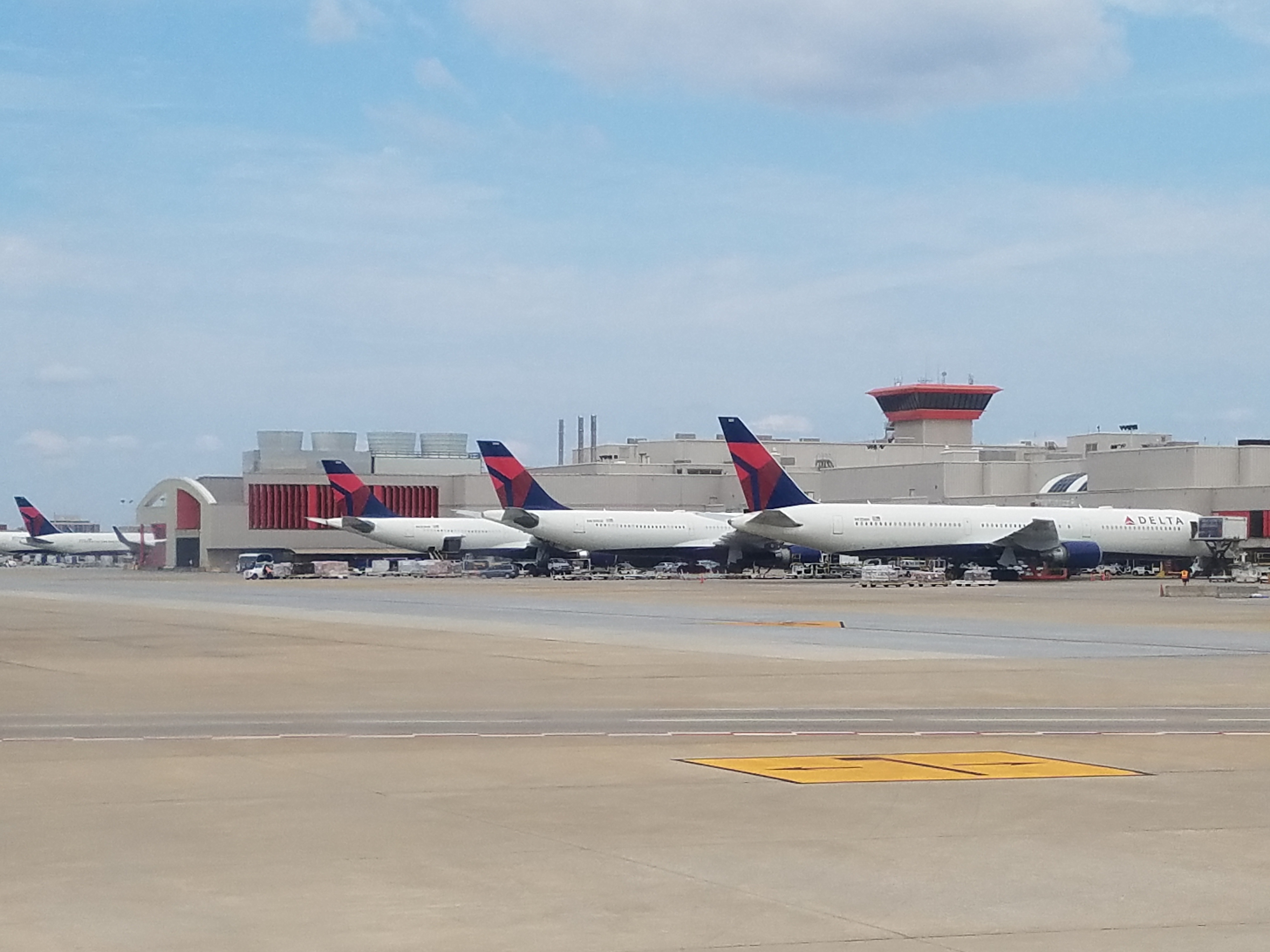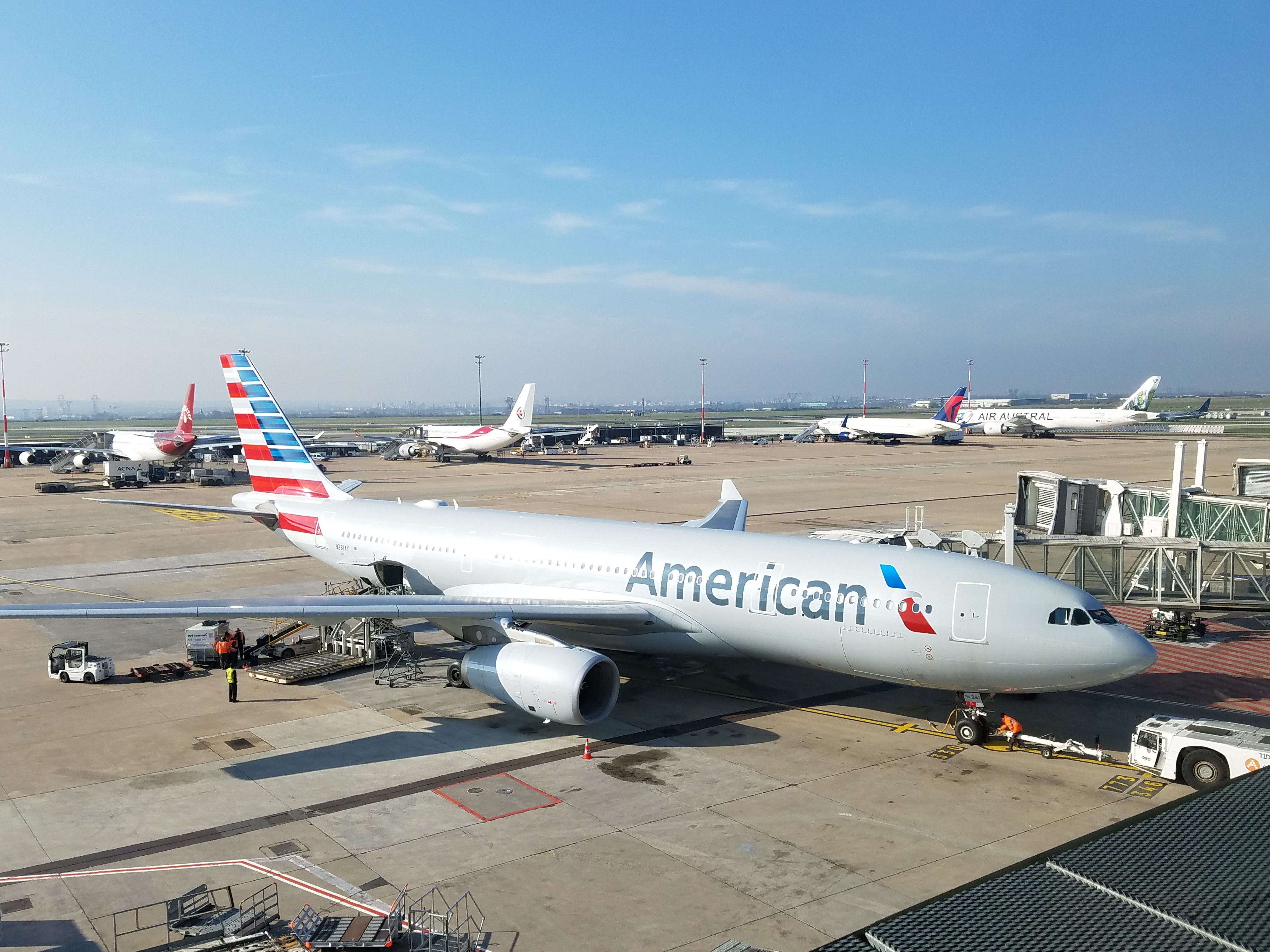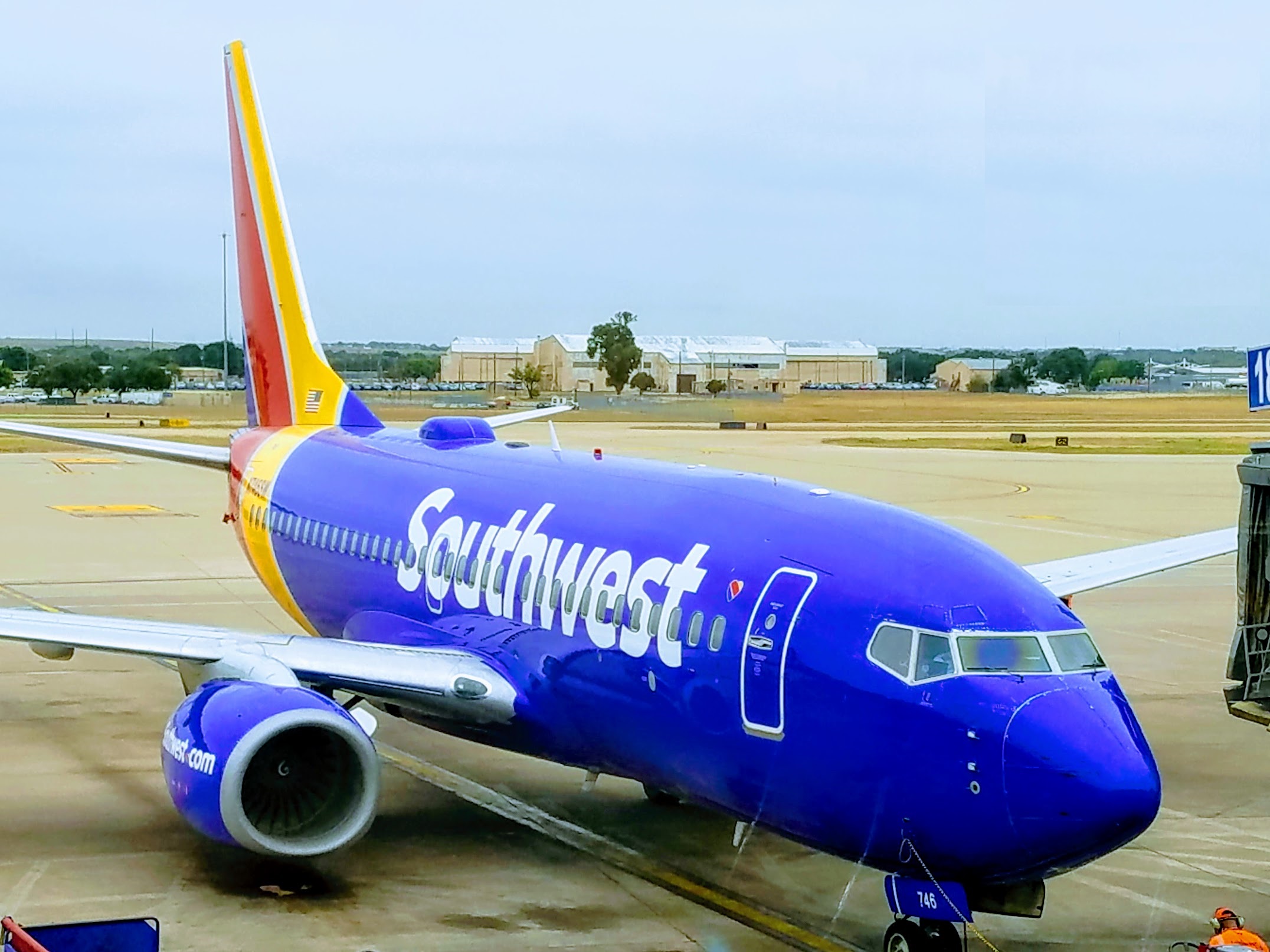Ten years ago Delta was fresh off its merger with Northwest Airlines and was the undisputed largest airline in the world. Since that time United and Continental have merged, and American Airlines and US Airways have merged. Delta kept growing, and still sits close to the top.

There are many ways to measure ‘biggest’. There’s passengers carried, revenue, and number of planes. OAG looked at seats scheduled for the year, which is a measure of an airline’s flying capacity, to rank which airline is biggest. American Airlines sits at the top, but there’s a lot of interesting data here.
| Airline | Scheduled Seats | |
| American Airlines | 265,043,191 | |
| Delta Air Lines | 243,372,169 | |
| Southwest Airlines | 210,911,808 | |
| United Airlines | 199,598,329 | |
| Ryanair | 151,419,618 | |
| China Southern | 141,365,190 | |
| China Eastern | 134,200,810 | |
| easyJet | 105,786,369 | |
| Air China | 93,627,708 | |
| Turkish Airlines | 93,355,469 |

Did you realize that Southwest Airlines is the third biggest carrier in the world by seats scheduled? Now, a Southwest Airlines plane flies plenty of short flights a day. That means the plane’s seats count more than once, while an international airline flying Boeing 777s long distances may fly that plane only once per day. Under this measure a seat taking off from Los Angeles for Las Vegas is the same as a seat taking off from Los Angeles for Lima, Peru.
In fact a decade ago Southwest was the second largest. They’ve grown more than 35%, but slipped to third place. That’s because US Airways took over American, and because Delta kept growing.

What about that other mega merger, United and Continental? United Airlines today offers the same number of seat departures that the two airlines did a decade ago and that’s even two years into Scott Kirby’s growth strategy.
In the past decade Lufthansa and ANA have fallen off of the list. Turkish, easyJet, and China Eastern have joined. The only European carriers on the list are the largest of the low cost carriers (easyJet and Ryanair) and Turkish which serves more countries than any other airline.

The Chinese carriers have been the focus of much competition. Delta took a stake in China Eastern, which has grown rapidly. American and Qatar Airways each took stakes in China Southern, which is China’s largest airline. It’s grown 56% in a decade yet China Eastern, which wasn’t even on this list in 2010, has nearly caught up. In percentage terms though that doesn’t crack the world’s top 10 airlines for growth.


Is not logical as an investor I would look at revenue and or miles. Not seats. A plane that flies 8000 miles in a day and generates more profit then one who only flies 6000 is more valuable. Seats do not count $$$ count per day
@Gary: You count Turkish as European? Which side of the Bosphorous is the HQ?
I think miles flown is the best criteria.
Passenger-miles carried is the definitive measure for largest, i.e. “who moved the most people the most total distance?” And UAL is #1 by the most recent quarterly measures I’ve seen.
Typo, I think: “ Did you realize that Southwest Airlines is the second biggest carrier in the world by seats scheduled?” They’re third, per the table.
@L3 – I count Turkey as Europe though indeed it crosses both
The proper size measurement metric is ASKs. (Available Seat Kilometres). This multiplies the number of seats on a every aircraft in airline’s fleet by the distance and frequency of every flight in the schedule by each aircraft pa.
I am surprised to read such uninformed opinion on this website.
All experienced airline people know that ASKsis the only true comparative metric.
Peter